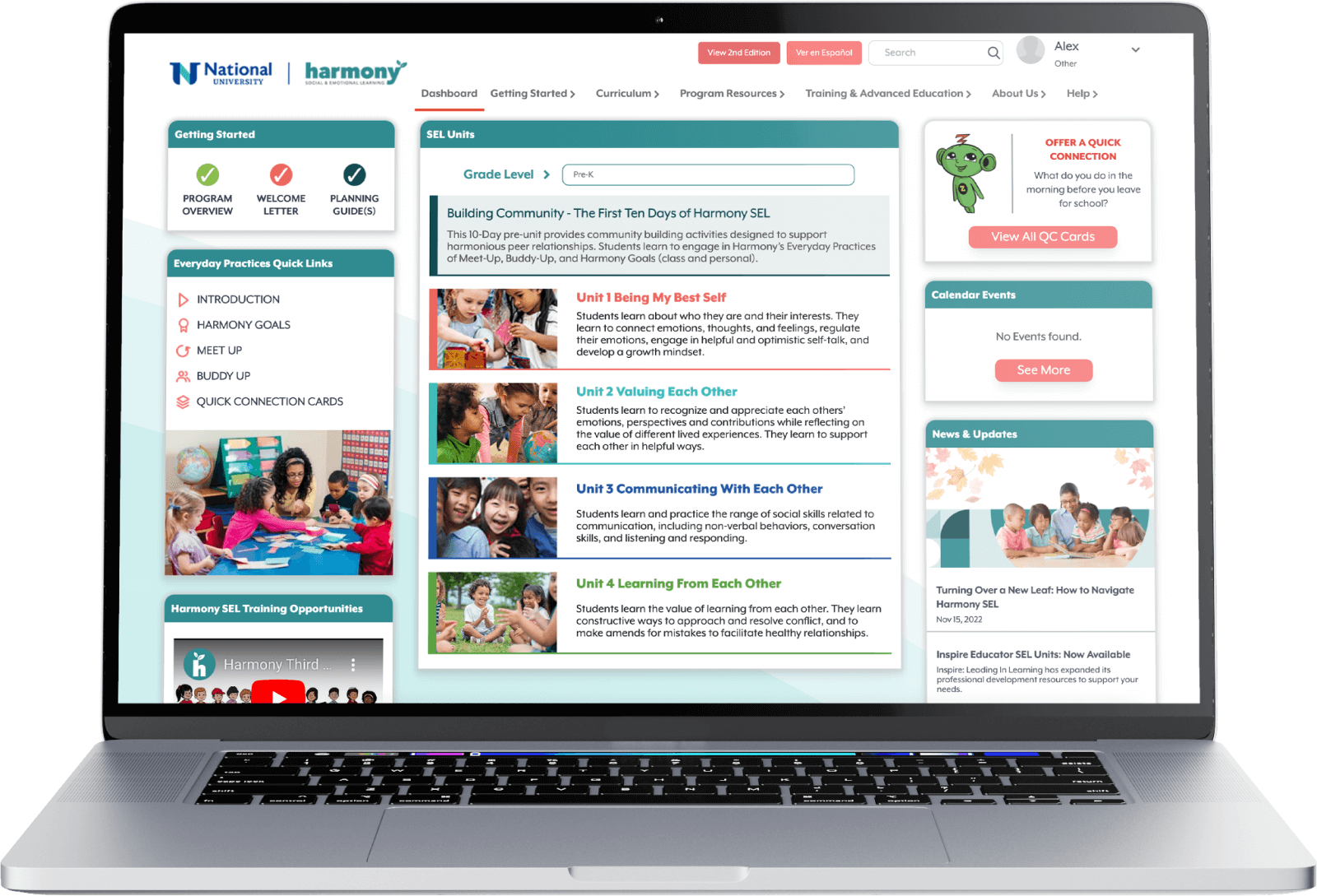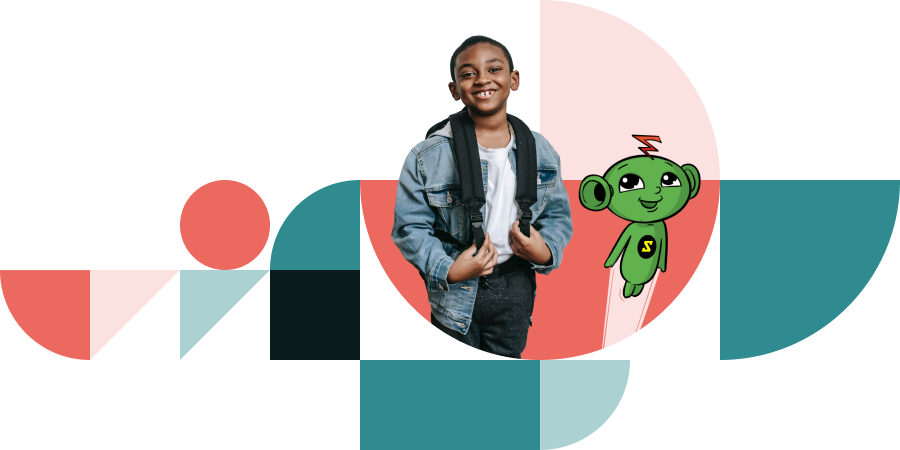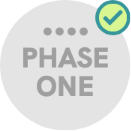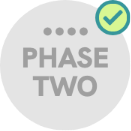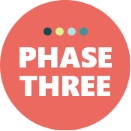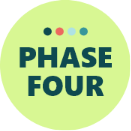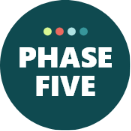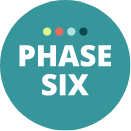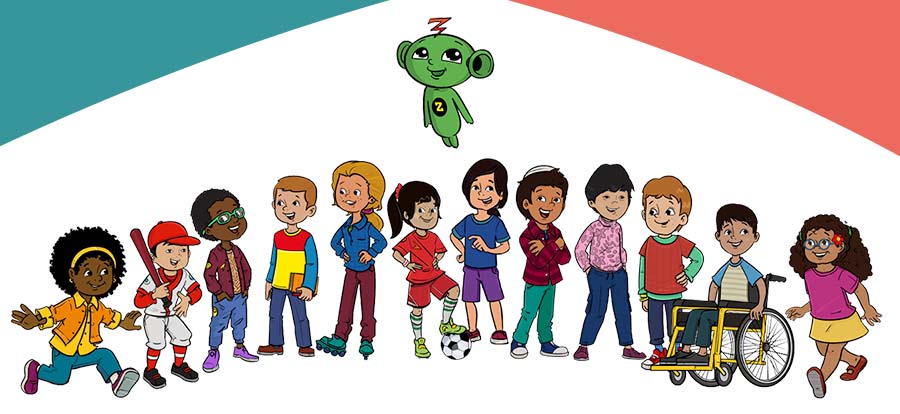
As a high school teacher, you know better than anyone that your students will let you know when they don’t find something interesting.
While younger kids may love social and emotional learning (SEL) activities, students in grades 9 through 12 might respond with, “we already know we know everything about relationships!” You may even be wondering if it’s worth the time to incorporate SEL activities for older kids.
If this sounds familiar, we have two good things to share with you:
- There are proven benefits of learning social and emotional skills far beyond the school community and student success. Studies have shown that the benefits are long-term and global, showing increased well-being in individuals up to 18 years later.
- Social and emotional lesson plans can be implemented into your day in as little as 5-10 minutes, some with little-to-no prep.
In this blog post, we will explore both of these further, as well as answer questions you may have, such as:
- What is Social and Emotional Learning?
- What is Educator SEL?
- How does Inspire SEL work?
- What are some of the favorite online social and emotional learning activities for high school teachers?
We will also share ways you can further explore SEL, your professional development, and how to be the best social and emotional learning teacher out there! Let’s dive in!
What is Social and Emotional Learning?
Social and emotional learning is a teaching and learning process to develop and acquire the skills, knowledge, and beliefs all individuals need to be successful in school, work, and life.
In their updated definition, the Collaborative for Academic, Social, and Emotional Learning (CASEL) defines SEL as “an integral part of education and human development. SEL is the process through which all young people and adults acquire and apply the knowledge, skills, and attitudes to develop healthy identities, manage emotions and achieve personal and collective goals, feel and show empathy for others, establish and maintain supportive relationships, and make responsible and caring decisions.”
What is Educator SEL?
Educators may engage in an intentional process to continually nurture SEL competencies and capacities. Specifically, Educator SEL includes two core components:
- Competencies — processes educators take to nurture their social and emotional competencies (e.g., understanding and managing emotions, forming meaningful relationships, making helpful choices).
- Capacities — the ability to translate knowledge of SEL to support student social and emotional development.
How does Inspire SEL work?

The Inspire program is built on two Inspirational Pathways:
- Building Teaching Practices (modules that explore engagement strategies for high-quality classroom instruction).
- Developing SEL Capacity (modules on how to build healthy relationships in supportive learning environments).
The modules within each program are structured to help you succeed. They:
- Emphasize a unique aspect of teaching strategies and classroom management and include role-specific Implementation Resources.
- Are organized by topic. For example, the Professional Practices Unit includes the “Supporting Students with ADHD” module.
- (The on-demand modules) typically take 30-60 minutes to complete.
- Include a research-based micro course, followed by an assessment.
- Can earn you a certificate of completion which may be used for professional development hours or in some states, Continuing Education Units.
There are features throughout Inspire that help make the process easy and enjoyable, including:
- Multiple Module Resources enhance and expand the learning experience in different professional settings.
- The CARE model (it stands for “Care, Apply, Refine, and Elevate”) helps you incorporate modules depending on your learning environment:
- After determining the Topics/Modules that best meet the group’s needs, everyone COMPLETES their assigned On-Demand Module(s), which could differ based on needs.
- APPLY strategy from On-Demand Module(s) in the classroom.
- REFINE application through peer observations and/or feedback from leaders.
- ELEVATE teaching practice to inspire students. ELEVATE impact by sharing best practices with colleagues and becoming a teacher leader.
What online social and emotional learning activities do high school teachers love?
High school teachers like you use a variety of activities with their students to implement SEL lessons and SEL activities in their classrooms. Some of the favorite activities among teachers in higher grades are:
Greeting students. One basic (and often overlooked) SEL activity is simply greeting your students as they start their day! Encourage light conversation on a topic of their interest to show them you are interested, too. The Harmony SEL Quick Connection Cards are a fantastic way to incorporate this into the start of your day.
Role play. Social and emotional learning skills can be taught using situations drawn from students’ lives. Role play gives students the opportunity to explore a situation from someone else’s shoes and broaden their own view.
Reflective questions. Reflective questions can be used both personally and within the classroom to help reflect on important topics from Inspire. In the Inspire module, “Working Against Racial Bias” you are encouraged to develop a strong sociocultural consciousness. This understanding is gained by learning to ask reflective questions.
Choosing a quote for the day. Give each student an opportunity to choose a quote for the day or week in the classroom. Display it somewhere everyone can see it and reference it within your teaching.
Incorporating ‘associated actions.’ Associated actions are used alongside strategies to bring SEL to life within the classroom. In Inspire modules, “Using Critical Consciousness to Challenge Inequity” and “Linking Identity Through Cultural Competence” important topics are broken down into strategies perfect for the classroom.
Connect using literature. Find stories of individuals with stories from all different backgrounds in life, giving students the opportunity to connect with their struggles, challenges, and successes. Ask students to pick out books they feel a connection to, and share why!
Do you have questions about teaching SEL activities in high school?
We know you may have additional questions regarding SEL interventions and how they can become a part of your everyday classroom setting. We encourage you to attend an upcoming webinar focused on supporting professional development and implementation of SEL programs online and at no cost.
What if I want to take my SEL Training for Teachers to the next level?
As an affiliate of National University, we are pleased to connect you to higher education pathways as a way to continue to support your SEL learning. National University offers multiple social and emotional learning degrees and certification programs, including a master of education, to help you excel in your professional development.


